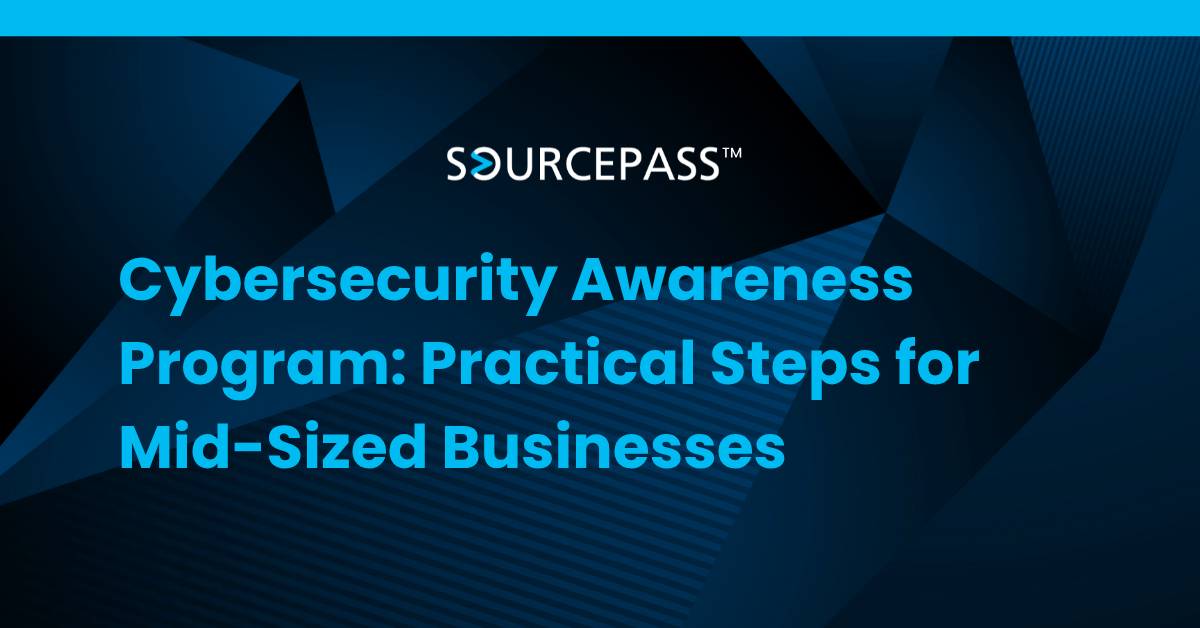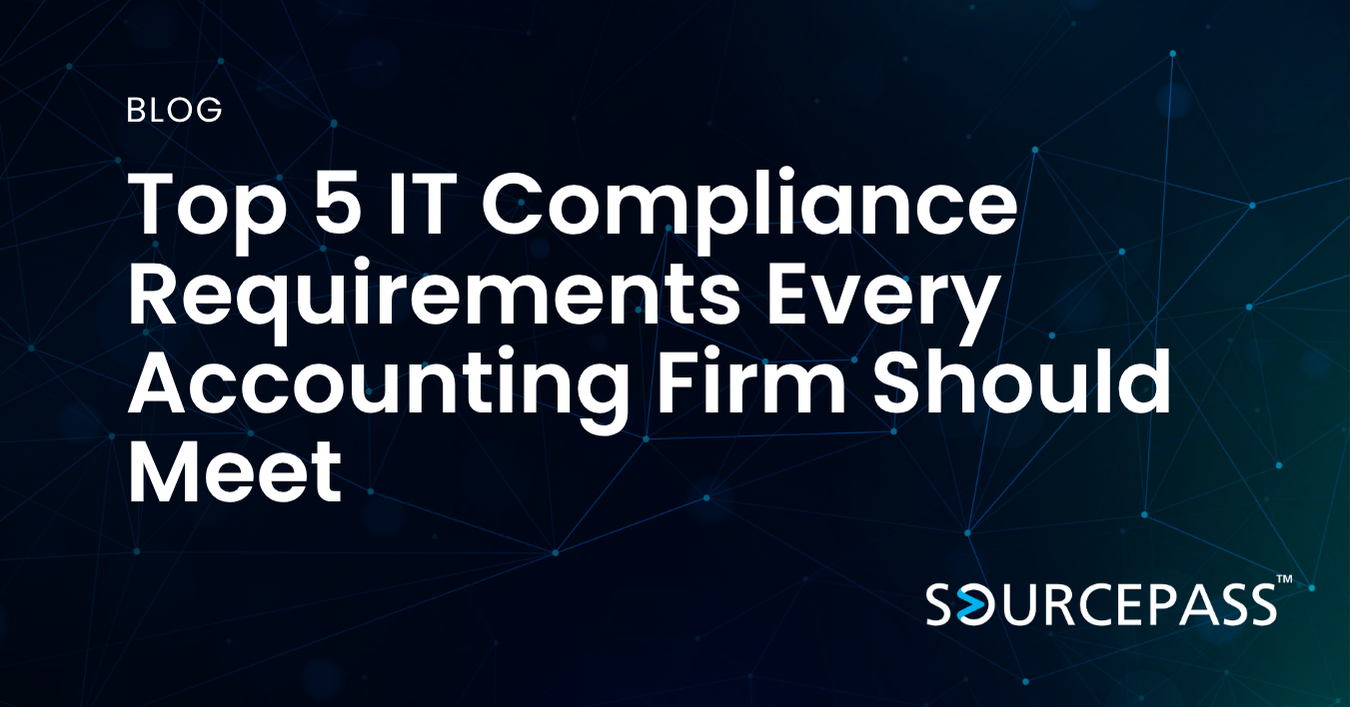Cybersecurity Awareness Program: Practical Steps for Mid-Sized Businesses
Oct 28, 2025 Alex Davis Cybersecurity 2 min read



For mid-sized businesses, employees are often the first line of defense against cyber threats. Phishing emails, weak passwords, and unsafe behaviors can put your organization at risk. A structured cybersecurity awareness program reduces these risks while creating a culture of security.
This guide provides a practical playbook for launching, managing, and sustaining an effective cybersecurity awareness program tailored for mid-sized businesses.
1. Lay a Culture-First Foundation
Before implementing training, define the scope and goals of your program.
Steps to start:
-
Assess current risk and behaviors: Identify common threats and employee knowledge gaps.
-
Secure leadership support: Executive buy-in ensures program resources and visibility.
-
Define clear objectives: Reduce phishing click rates, strengthen password practices, and improve overall awareness.
-
Communicate the purpose: Explain why cybersecurity matters to every employee, not just IT teams.
Tip: Position cybersecurity as a shared responsibility to build long-term culture.
2. Implement Effective Employee Training
Training should be practical, engaging, and frequent.
Core components:
-
Phishing simulations: Test employees with mock phishing emails and provide immediate feedback.
-
Role-specific modules: Tailor content for finance, HR, operations, and IT staff.
-
Interactive learning: Use videos, quizzes, and scenario-based exercises to improve retention.
-
Clear policies and guidelines: Ensure staff understand secure practices for email, cloud storage, and devices.
Tip: Recognize employees who demonstrate good cybersecurity behaviors to encourage participation.
3. Engage Employees for Lasting Behavior Change
Behavioral change is key to a successful program.
-
Make security part of everyday routines rather than one-off training sessions.
-
Share stories of real incidents to illustrate the impact of careless actions.
-
Create internal champions or security ambassadors who reinforce good practices.
Tip: Encourage cross-department collaboration to strengthen a company-wide security mindset.
4. Sustain Momentum and Measure Impact
Ongoing evaluation ensures your program evolves with emerging threats.
Metrics to track:
-
Phishing click rates and incident reports
-
Completion rates of training modules
-
Employee feedback and engagement scores
-
Reduction in security incidents over time
Continuous improvement: Regularly update training content, conduct new simulations, and refine policies based on performance metrics.
5. Tools and Resources
-
Learning Management Systems (LMS) for delivering training modules
-
Security awareness platforms for phishing simulations and tracking
-
Regular newsletters, tip sheets, and intranet updates
-
IT helpdesk and support for reporting suspicious activity
Final Thoughts
A successful cybersecurity awareness program combines education, engagement, and measurement. By investing in employee training and fostering a culture of security, mid-sized businesses can significantly reduce risks, prevent phishing attacks, and strengthen overall resilience.
FAQ: Cybersecurity Awareness Programs
Q1: Why does my business need a cybersecurity awareness program?
A: Employees are often the first target for cyberattacks. Awareness programs reduce human-related risks like phishing and unsafe practices.
Q2: How often should I train employees?
A: Training should occur at least quarterly, with regular refreshers and phishing simulations throughout the year.
Q3: What is phishing, and why is it dangerous?
A: Phishing is a form of social engineering where attackers trick employees into revealing credentials or sensitive data. It is a leading cause of breaches.
Q4: How do I measure the success of my program?
A: Track phishing click rates, training completion, employee engagement, and the number of security incidents before and after the program.
Q5: Can small IT teams manage this program?
A: Yes, leveraging security awareness platforms and executive support allows even small IT teams to run effective programs.
Subscribe To
Sourcepass Insights
Sourcepass Insights
Stay in the loop and never miss out on the latest updates by subscribing to our newsletter today!
.png?width=500&height=100&name=White%20Logo%20-%20Transparent%20Tag%20(3).png)



